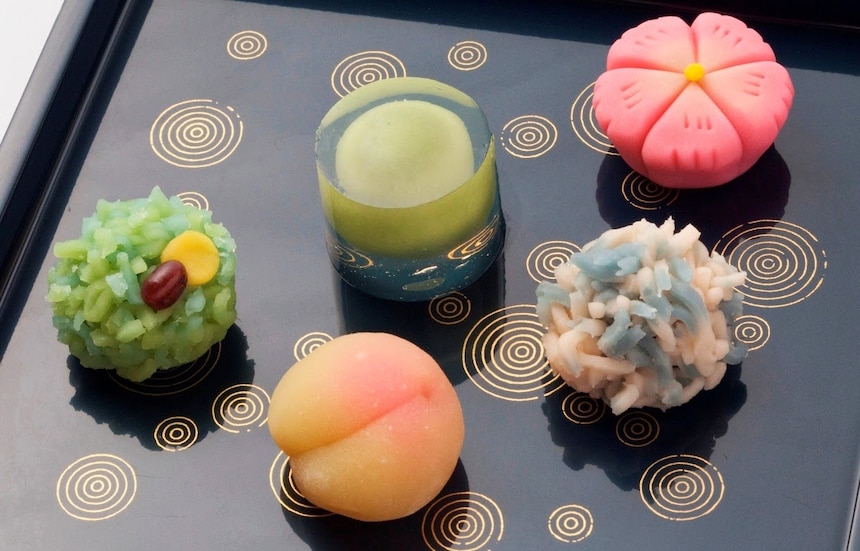Top 10 Traditional Sweets of Japan
One of Japan’s most recognized attributes is its ability to sustain its most prized traditions, one being Japanese sweets. Japan not only likes to preserve its popular and most distinguished wagashi, but people from all over the world have developed quite an interest to trying, buying and making them!
10. Amanatto
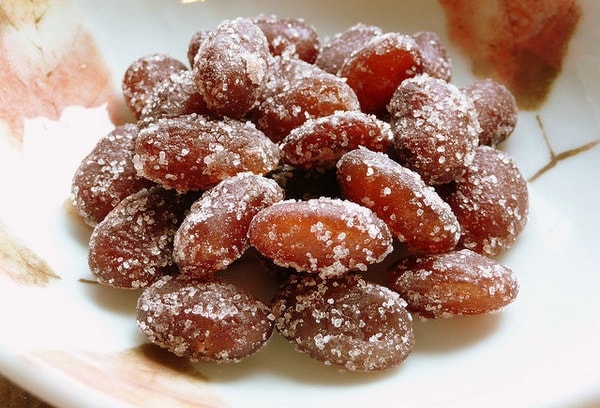
http://www.food.com/recipe/black-bean-amanatto-candied-black-beans-305674
Amanatto are Japanese candy made of adzuki or other beans that are simmered with sugar syrup, then covered with refined sugar and dried. They were developed in the early 1860s, toward the end of the Edo Period (1603-1868), by Yasubei Hosoda. Hosoda's original store, Eitaro Sohonpo, can still be found in Shibuya, Tokyo.
- www.eitaro.com (Japanese)
9. Dango
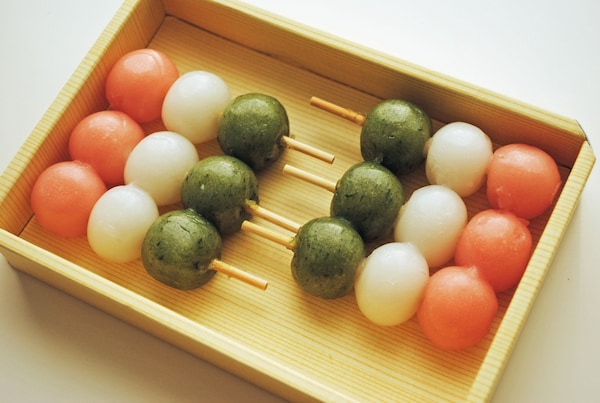
http://japanese999.com/10-japanese-dango-facts/
Dango are dumplings generally prepared from sweet rice flour (mochiko). They're commonly served with green tea, and often seen arranged on a skewer. Though some varieties are seasonal, dango are enjoyed all year round.
Some English-language sources credit the creation of dango to Iki Sanrousai, a master of tea ceremony for the Okayama Clan, at whose recommendation they were sold at Kibitsu Shrine in 1848. These dango were made not of mochiko, but from the meal of the kibi (proso millet) grain, and are known today as Kibi Dango. The Japanese folktale hero Momotaro (Peach Boy), whose story is generally believed to have originated in Okayama, even used his rations of Kibi Dango to recruit his staunch allies in his battle against a band of demons.
However, versions of the Momotaro tale predating Sanrousai's time have the boy using mochi cakes or to dango instead, implying that both dango and Momotaro existed well before the Kibi Dango came to be. In fact, the earliest record of the word dango is in Shin-sarugoki, a description of life in Kyoto written in the mid-Heian Period (794-1185) by the poet Fujiwara no Akihira—so while they might be connected to Momotaro, they certainly didn't start there.
8. Namagashi
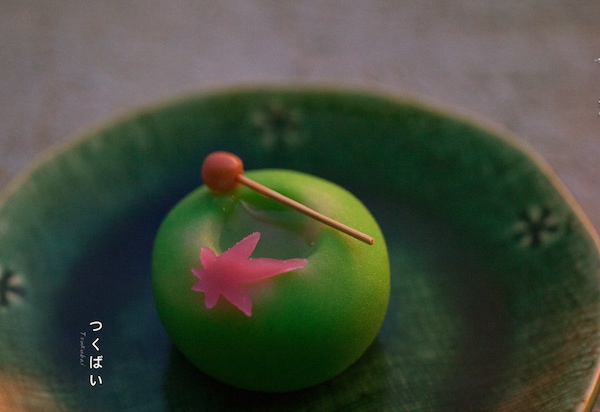
https://s-media-cache-ak0.pinimg.com/originals/15/eb/99/15eb9928302e14f654d28078f9c6ccd2.jpg
Namagashi are fresh, perishable sweets. Exquisitely delicate and high in moisture, namagashi are usually represented with design and patterns reflective of the current season.
Though you can buy namagashi anywhere in Japan, try picking some up from Kameya Yoshinoga, one of the longest-established wagashi shops in Kyoto, to get them in the classic style.
7. Higashi
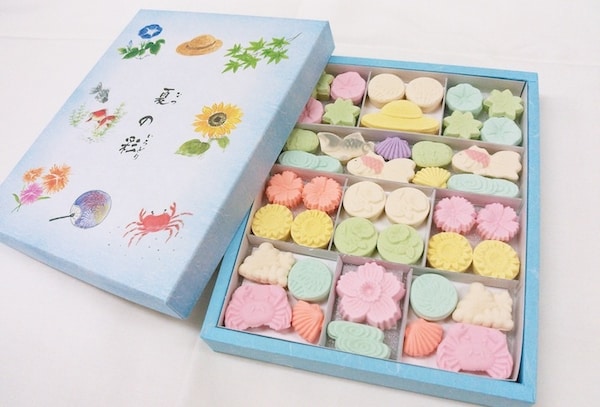
http://tadaimajp.com/2015/06/wasanbon/
Higashi are a type of dry, often pressed sweets which contain very little moisture and lasts a bit longer then other wagashi. Since hi means dry and nama can mean wet, they are often considered the opposite of namagashi.
Many higashi are made only with sugar and rice flour, often using wasabon, premium Japanese fine-grained sugar made using traditional methods. There are many seasonal sugar molds shaped as distinctive flowers to keep an eye open for, but also lovely, creative molds representing animals, cities, characters and fruits or vegetables you can find year round.
6. Uiro
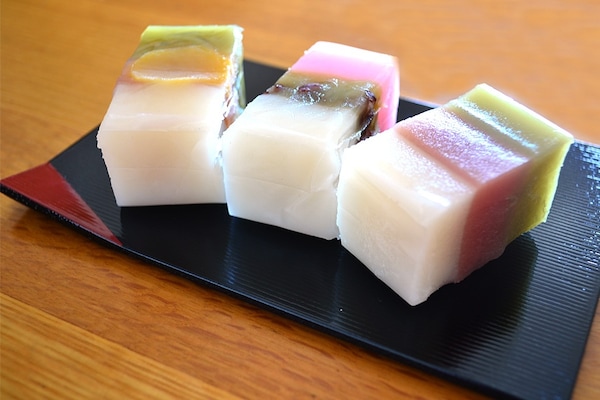
http://japoland.pl/blog/ciekawostki/tradycyjne-japonskie-slodycze-wagashi/attachment/uiro/
Uiro is a steamed cake made from non-glutinous rice, water and sugar. Sweet and chewy, uiro can be made in a variety of colors and flavors, including adzuki, matcha, yuzu citrus, strawberry and chestnut. These delightful sweets are a specialty of Nagoya.
The origin of uiro is generally traced to the city of Yamaguchi, though the circumstances are unclear, and some theories suggest that they were originally eaten as an antidote to an identically named, awful-tasting throat medicine. The first known reference to uiro as a confection appears in the Wakan Sansai Zue, an illustrated, 105-volume encyclopedia published in 1712.

